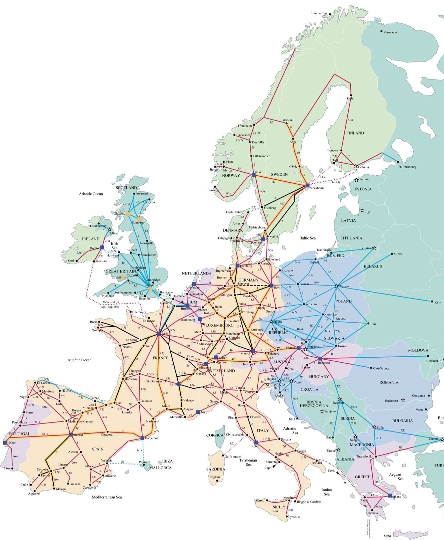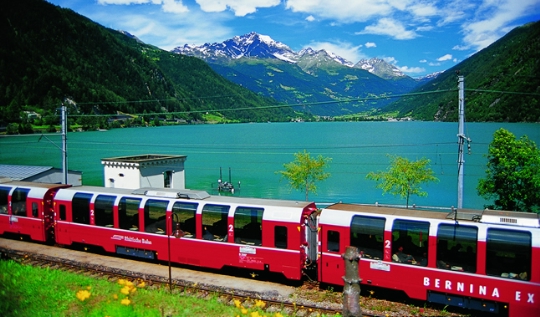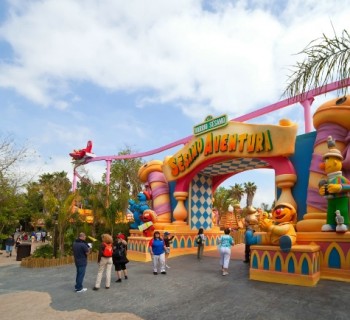Railways of Europe

The European rail network is well developed. Traveling on any route is comfortable. There are public and private railways in Europe. Regional regular and high-speed trains move along them. The English interface of many sites makes it possible to easily and quickly purchase train tickets.
Features of European railways
European railways connect both large and small cities. If a train does not go to the settlement, then you can get there using a combined message: bus - train - ferry. Distances in Europe are not very long, so many trips can be made with a minimum of time. A passenger can cross several states in one day. 80% of passengers make short trips. Long-distance trips are of interest to 20% of tourists. The lion's share of transportation is carried out by a state-owned company - this rule applies in many European countries. In addition to the national carrier, local railways are also shared by several private companies..
Railways in Europe began to be built about 150 years ago. In the 19th century, the network was already quite extensive and dense. In the 20th century, European railways connected to the UK network through a tunnel located under the English Channel. The track of this tunnel runs at a depth of 127 m below sea level. On certain railway lines, high-speed trains run - express trains, which are shaped like a rocket and reach speeds of up to 300 km / h.
Where to buy tickets
In Europe, there are not only state-owned, but also private railway companies. On the website of high-speed trains Eurostar - www.eurostar.com, you can get acquainted with the tariffs for transportation. Timetables for high-speed trains between Belgium and France can be viewed at www.thalys.com.
The European railway system differs from the Russian one. The reason lies in the short distances. Many trips take several hours. Therefore, Europeans perceive trains as an everyday means of transport. Almost all formulations are daily. In them, the cars are equipped with seating and resemble the cabin of an aircraft. In European trains, carriages of the first and second classes are distinguished. There is also a section for non-smokers and non-smokers. When buying a ticket, a passenger usually does not book a seat. He takes it after boarding the train. To be guaranteed to sit on a certain seat, you must reserve it in advance, paying 2-3 euros extra. Seat reservations are mandatory on some routes.




